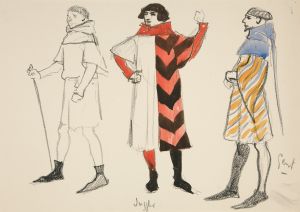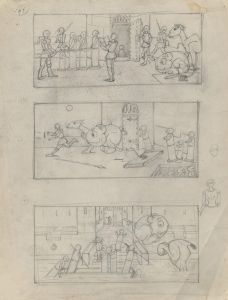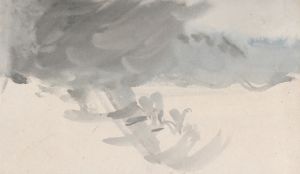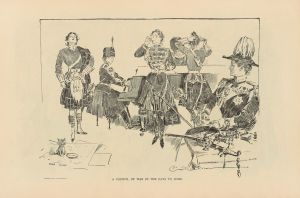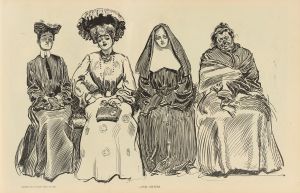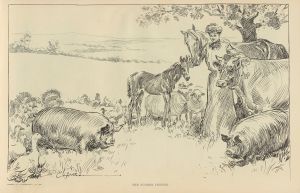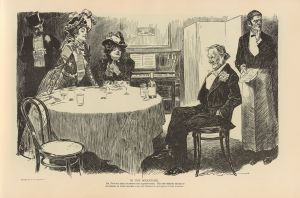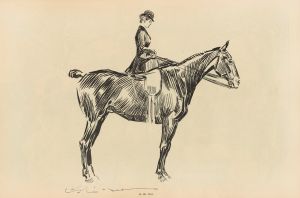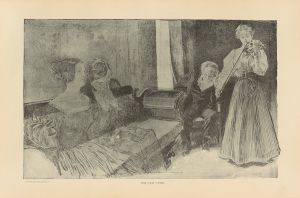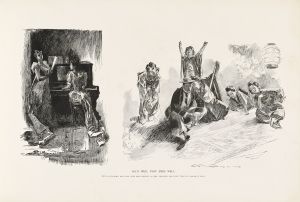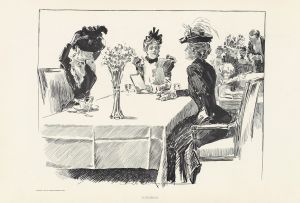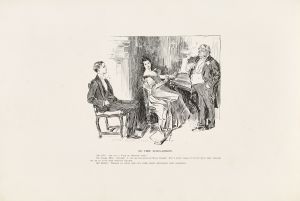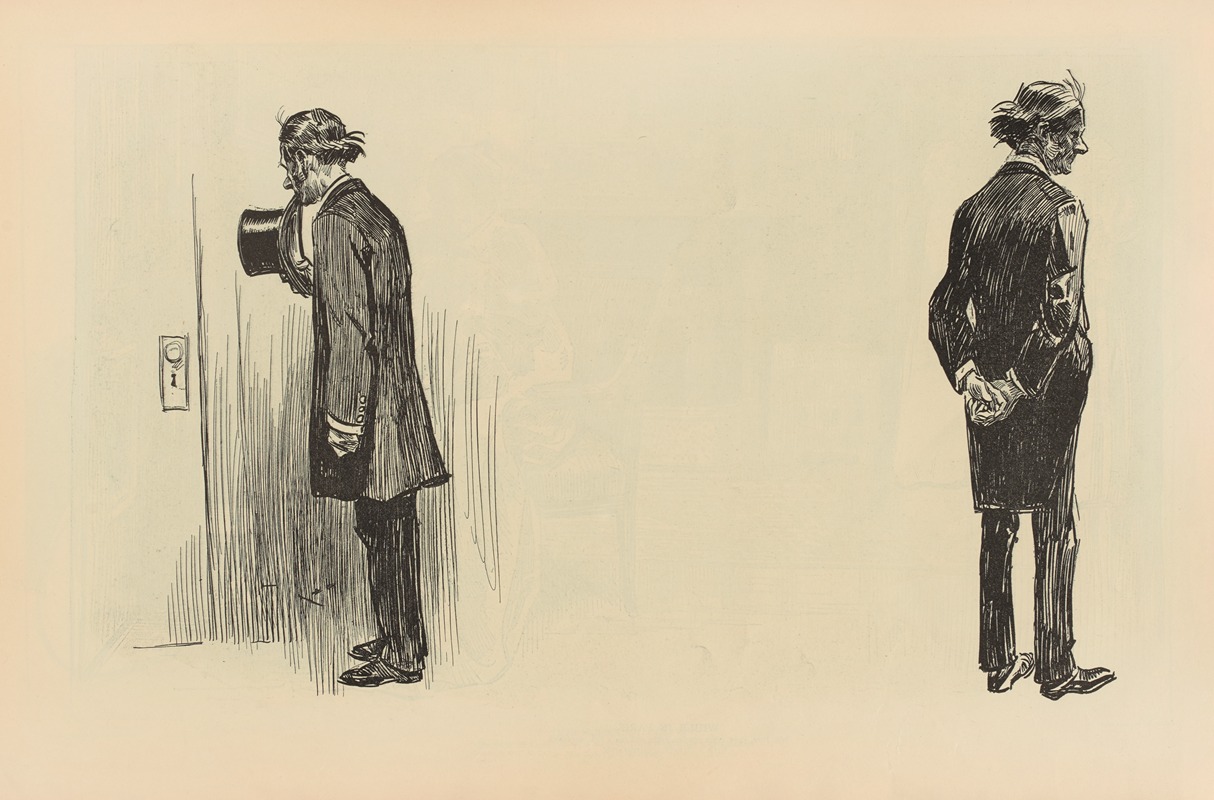
Untitled
A hand-painted replica of Charles Dana Gibson’s masterpiece Untitled, meticulously crafted by professional artists to capture the true essence of the original. Each piece is created with museum-quality canvas and rare mineral pigments, carefully painted by experienced artists with delicate brushstrokes and rich, layered colors to perfectly recreate the texture of the original artwork. Unlike machine-printed reproductions, this hand-painted version brings the painting to life, infused with the artist’s emotions and skill in every stroke. Whether for personal collection or home decoration, it instantly elevates the artistic atmosphere of any space.
Charles Dana Gibson was an influential American illustrator best known for creating the iconic "Gibson Girl," a representation of the idealized American woman at the turn of the 20th century. While Gibson produced numerous works throughout his career, many of which were untitled, his contributions to illustration and popular culture remain significant.
Gibson was born on September 14, 1867, in Roxbury, Massachusetts. He showed an early interest in art and went on to study at the Art Students League in New York City. His career took off when he began contributing illustrations to Life magazine in the late 1880s. Over the years, his work appeared in various publications, including Harper's Weekly, Scribner's, and Collier's.
The "Gibson Girl" emerged as Gibson's most famous creation, first appearing in the 1890s. This character was depicted as a tall, elegant, and independent woman, often portrayed in fashionable attire and engaging in various activities. The Gibson Girl became a cultural icon, symbolizing the changing roles and perceptions of women during this era. She was seen as both beautiful and capable, embodying the spirit of the Progressive Era in the United States.
Gibson's illustrations were characterized by their detailed line work and expressive figures. He had a keen eye for fashion and social trends, which he skillfully incorporated into his art. His ability to capture the essence of the American upper class and the evolving role of women contributed to his widespread popularity.
Although many of Gibson's works were untitled, they often depicted scenes of everyday life, social gatherings, and romantic encounters. His illustrations were not only artistic expressions but also commentaries on the societal norms and expectations of his time. Through his art, Gibson offered a glimpse into the aspirations and challenges faced by women in the late 19th and early 20th centuries.
Gibson's influence extended beyond illustration. The Gibson Girl phenomenon inspired fashion trends, with women emulating her hairstyle and clothing. The character also appeared in various forms of media, including theater and film, further cementing her place in American culture.
In addition to his work as an illustrator, Gibson was involved in other artistic endeavors. He served as the editor of Life magazine from 1918 to 1932 and was a member of the National Academy of Design. His contributions to the arts were recognized with numerous accolades during his lifetime.
Charles Dana Gibson passed away on December 23, 1944, leaving behind a legacy that continues to be celebrated. His work remains a testament to his artistic talent and his ability to capture the spirit of an era. While specific details about individual untitled works may be limited, Gibson's overall impact on illustration and American culture is well-documented and enduring.





